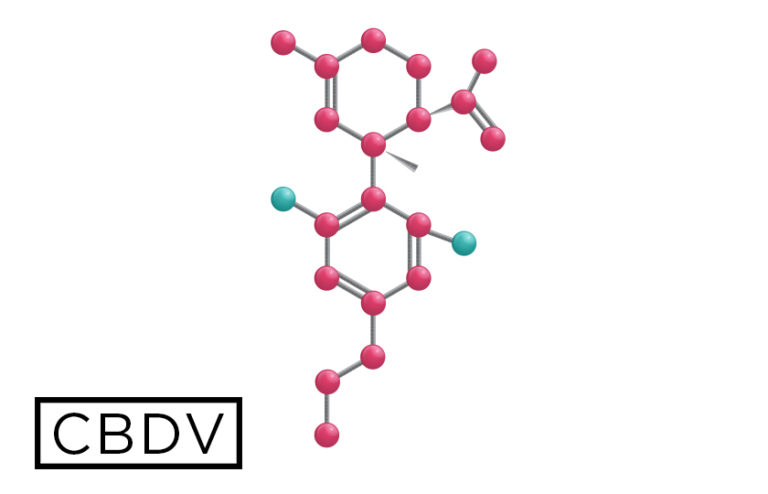A non-intoxicating cannabinoid found in the cannabis plant that is similar to cannabidiol (CBD). CBDV interacts with components of the endocannabinoid system to regulate brain function, and it shows strong promise in the treatment of epilepsy.
Cannabidivarin (CBDV) has been known to harmonize the physiological activity of the cannabis plant.
Clinical trials demonstrate that cannabidivarin helps with convulsions in humans and animals.

Image lightbox

What is CBDV?
CBDV is one of the hundreds of chemicals naturally produced by the cannabis plant known as cannabinoids. Similar to its chemical counterparts, the CBDV cannabinoid interacts with your body's endocannabinoid system to create a range of effects. In many ways, CBDV functions similar to CBD, most notably, in its potential therapeutic properties.
Medical benefits of CBDV
To date, research suggests that CBDV could be helpful in treating seizures, Crohn's disease, symptoms related to HIV/AIDS, and multiple sclerosis. Important studies of CBDV include:
- In 2013, researchers concluded that CBDV, like THC, “may have therapeutic potential in reducing nausea.”
- A 2018 report concluded that CBDV could be a helpful form of treatment for autism spectrum disorder.
- A 2018 article found that CBDV helped improve the health of mice with Rett syndrome, a neurodevelopmental disorder with a range of behavioral and physiological symptoms.
- In 2019, researchers found that CBDV helped improve cognitive, motor, and neurological functions linked to certain types of genetic disorders.
- Researchers recently published a study suggesting that CBDV could help improve muscle quality and help slow muscle degeneration linked to Duchenne muscular dystrophy.

